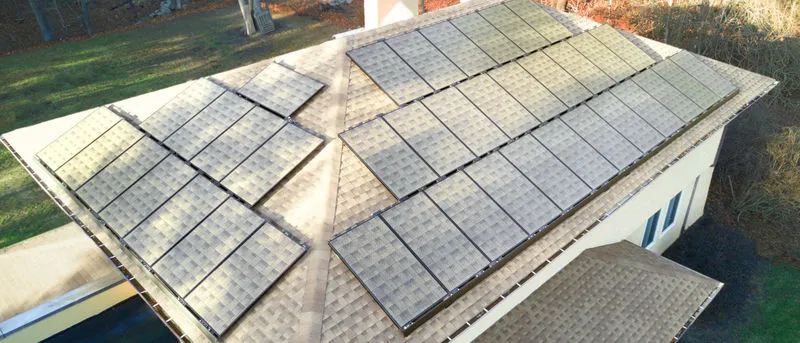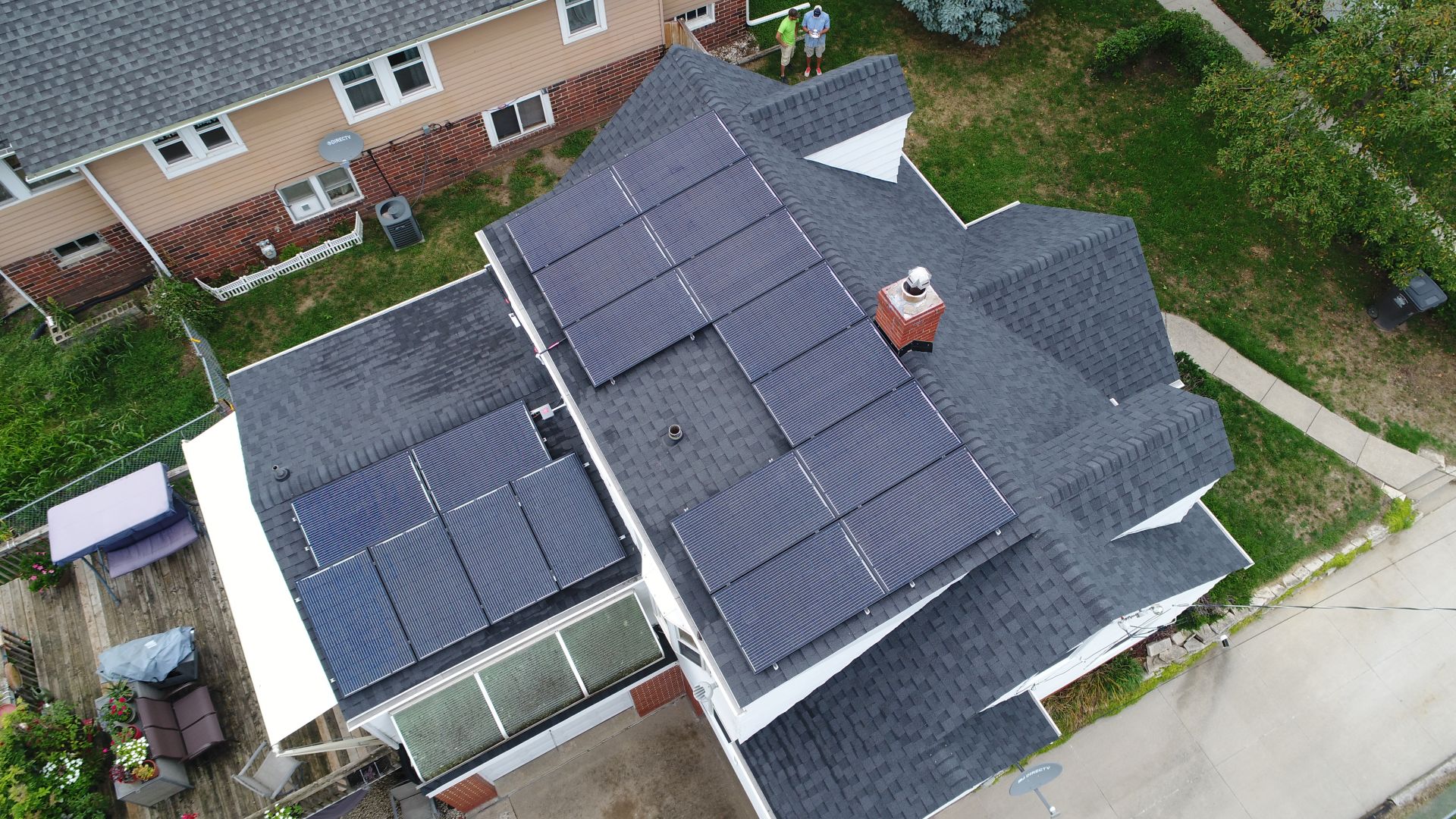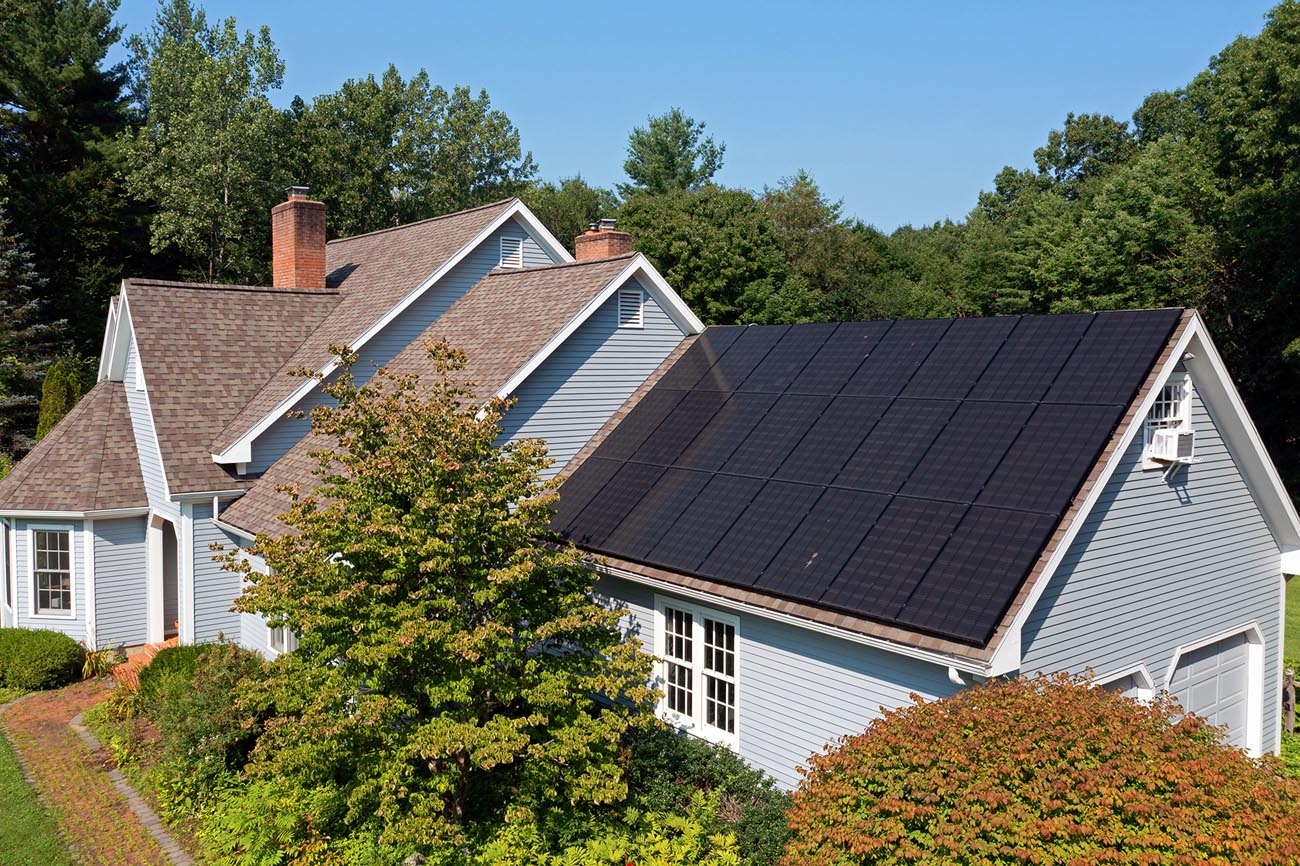
Introduction
The rapidly growing renewable energy industry has placed increasing importance on solar panel aesthetics and design. As more individuals and businesses adopt solar power, the visual appeal and seamless integration of solar panels into architectural structures have become crucial considerations. This article aims to provide a comprehensive exploration of solar panel aesthetics and design by expanding on the historical background, key concepts, main discussion points, case studies, current trends, challenges or controversies, future outlook, and the significance of this topic.
Historical Background
Since their inception, solar panels have undergone significant advancements. The development of solar panels can be traced back to the mid-19th century when scientists and engineers began experimenting with using sunlight to generate electricity. Over time, solar panels have evolved from bulky and inefficient designs to sleek and efficient systems. Technological advancements have allowed solar panel manufacturers to enhance their aesthetics and design, making them more visually appealing and accessible to a wider audience.
Key Concepts and Definitions
Solar panel aesthetics encompass the visual appeal and integration of solar panels into the built environment. It involves finding a balance between functionality and beauty, ensuring that solar panels enhance the architectural design rather than detracting from it. Solar panel design principles focus on optimizing efficiency, durability, and performance. Beyond efficiency, the concept of beyond efficiency in solar panel design emphasizes the importance of considering other factors such as aesthetics, cultural context, and environmental impact.

Main Discussion Points
Integration of Solar Panels into Architectural Design
The integration of solar panels into architectural design has emerged as a popular trend in the construction industry. Numerous examples of buildings with aesthetically pleasing solar panel installations can be found worldwide. These installations seamlessly blend with the building’s design, enhancing its visual appeal. By integrating solar panels, architects and designers can achieve sustainable and energy-efficient structures while maintaining aesthetic integrity. The benefits of integrating solar panels into architectural design include reducing energy costs, increasing property value, and promoting sustainable practices.
Innovative Solar Panel Designs and Materials
Innovation in solar panel designs and materials has played a pivotal role in improving their aesthetics. Solar panels are no longer limited to traditional rectangular shapes and dark blue or black colors. Designers and manufacturers are exploring different shapes, sizes, and colors to suit various architectural styles and preferences. Additionally, new materials such as solar roof tiles and transparent solar panels are being developed, blending seamlessly with the roof or windows while generating clean energy. These advancements in design and materials not only enhance the visual appeal of solar panels but also improve their efficiency and performance.
Impact of Solar Panel Aesthetics on Public Perception and Adoption
Research has shown that aesthetics play a significant role in the public’s perception and acceptance of solar panels. People are more likely to embrace solar energy when the installations are visually appealing and integrated into the environment. Case studies of successful solar panel installations that prioritize aesthetics have demonstrated increased acceptance and adoption. By prioritizing aesthetics, solar panel installations can overcome barriers and foster a positive perception, leading to a wider adoption of renewable energy.

Case Studies or Examples
Solar Panel Installations in Urban Environments
Visually appealing solar panel projects in cities have showcased the potential of integrating solar energy into densely populated areas. These projects often involve creative designs and placements, such as solar canopies, facades, or vertical installations. Not only do these installations generate clean energy, but they also contribute to the beautification of the urban landscape. The impact on the surrounding community includes increased awareness of renewable energy, improved air quality, and a sense of pride in sustainable development.
Solar Panel Installations in Residential Areas
Residential solar panel systems that blend with the architecture have gained popularity among homeowners. These installations are designed to be aesthetically pleasing, considering factors such as roof pitch, color coordination, and overall design. Homeowners value the integration of solar panels into their homes, as it allows them to reduce energy costs without compromising the appearance of their properties. Feedback from homeowners highlights the importance of aesthetics in their decision to invest in solar panels.
Current Trends or Developments
The field of solar panel aesthetics and design is in a constant state of evolution. Recent trends include the use of solar panel skins that mimic traditional roofing materials, enabling seamless integration while maintaining the desired appearance. Technological advancements, such as transparent solar panels and solar windows, offer new possibilities for integrating solar energy into buildings without compromising aesthetics. These developments contribute to the wider adoption of solar panels and the continued growth of the renewable energy industry.

Challenges or Controversies
One of the challenges associated with aesthetically pleasing solar panels is the high cost. While solar panels have become more affordable over the years, integrating them into architectural design may incur additional expenses. However, the long-term benefits, such as energy savings and increased property value, often outweigh the initial investment. Controversies also arise concerning zoning regulations and aesthetic standards. Some communities have strict guidelines that limit the visibility of solar panels, hindering their integration into the built environment.
Future Outlook
The future of solar panel aesthetics and design looks promising. Advances in technology and materials will continue to drive innovation in the industry. The integration of solar panels into architecture will become even more seamless, with virtually invisible solar panels and widespread adoption of solar roof tiles. As renewable energy becomes the norm, solar panel aesthetics and design will play a pivotal role in creating a sustainable and visually appealing future.
Conclusion
Solar panel aesthetics and design are essential considerations in the renewable energy industry. By exploring the historical background, key concepts, main discussion points, case studies, current trends, challenges or controversies, and future outlook of solar panel aesthetics and design, this article aims to provide readers with a comprehensive understanding of this topic. By integrating solar panels into architectural design, utilizing innovative designs and materials, and considering public perception, aesthetics, and efficiency, the solar power industry can continue to flourish and contribute to a sustainable future.




